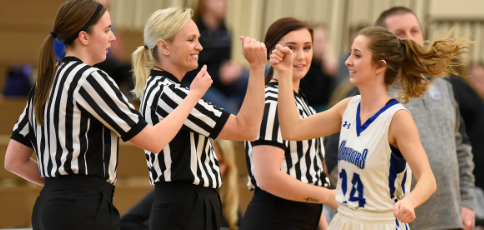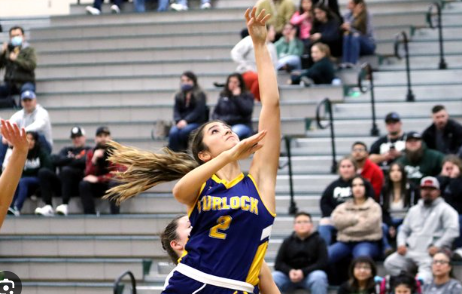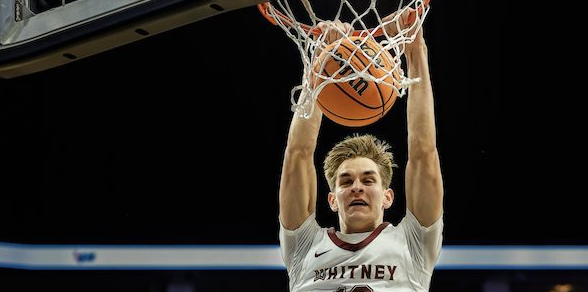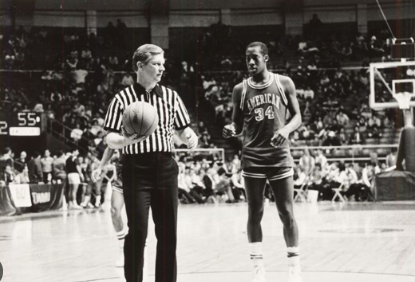
Remember, you're not alone out there. You have fellow officials on the court with you. Rely on them, trust in their judgment, and always have each other's backs. After a game, discuss and critique each other's performance constructively. Continuous learning and adaptation are crucial.








